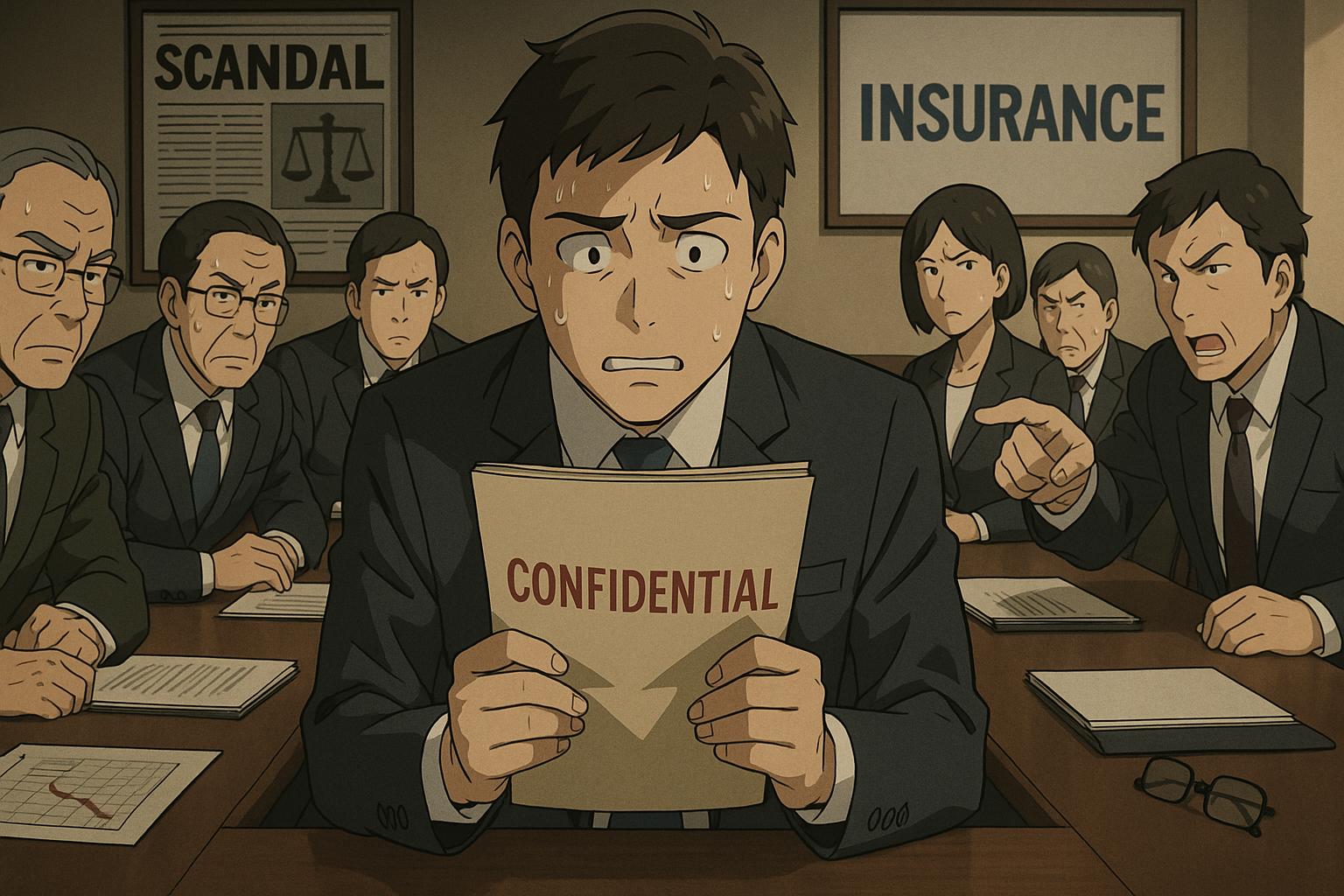Marsh McLennan, the world's largest insurance broker, has recently settled a high-stakes lawsuit resulting from its dealings with the now-defunct Greensill Capital. The case, brought by the US private debt firm White Oak, sought an impressive $143 million in damages and accused Marsh of making "fraudulent misrepresentations" regarding the insurance coverage for financial products linked to Greensill. While the details of the settlement remain confidential, the implications of this case extend far beyond its immediate financial ramifications, involving a complex web of litigation that has emerged from Greensill's collapse.
Greensill Capital, which collapsed in March 2021, was heavily involved in providing supply chain finance and aimed to facilitate liquidity for businesses through invoice financing. The downfall was precipitated by the loss of a critical insurance contract, leading to extensive losses for investors, including major financial institutions such as Credit Suisse. As the legal waters have become increasingly turbulent, multiple stakeholders, including investors, insurance companies, and Marsh itself, find themselves embroiled in an ongoing narrative of accountability and failure.
During the trial, which commenced earlier this month, Marsh executives were called to testify about their extensive interactions with Lex Greensill, the company's founder. During these proceedings, the court was introduced to internal communications that painted a troubling picture of Marsh’s corporate governance. One executive’s email, described as showcasing “a frightening absence of corporate governance,” suggested that executive concerns were overlooked, highlighting issues that had begun to percolate well before Greensill’s eventual collapse.
In particular, internal discussions revealed that Marsh was aware of threats from Australia’s Bond & Credit Co, Greensill’s primary insurer, about potentially cancelling its policies. Evidence presented to the court included exchanges where Marsh executives appeared conflicted about the assurances being given to White Oak regarding the reliability of these insurance policies. One executive notably declined to confirm to a banking partner that the policies were “in force and fully effective,” stating "Lex, I can't send those words."
The fallout from Greensill's collapse has broadened significantly, leading to additional lawsuits involving key players such as Insurance Australia Group (IAG) and Tokio Marine. As part of these proceedings, IAG has contended that Marsh should share in liabilities if other investors are successful in their claims against them. The shadow of previous high-profile mismanagement looms large, with allegations of misleading practices sparking debates around corporate accountability and fiduciary duties in the financial sector.
Not resting on its laurels, White Oak has confirmed that it intends to pursue other claims against different parties involved in this saga, aiming to maximise returns for its investors who have been adversely affected by the fallout from Greensill Capital. Meanwhile, Lex Greensill himself is embroiled in his legal battles; a UK government agency is attempting to disqualify him from serving as a corporate director. Greensill is contesting these allegations and has retaliated with a lawsuit against the government, further complicating the legal landscape surrounding this scandal.
As Marsh McLennan concludes this particular chapter through a confidential settlement, the wider implications of its involvement with Greensill Capital continue to signal a need for enhanced scrutiny and reform in the insurance and financial services sectors. The settlement, while resolving one front in these ongoing disputes, serves as a reminder of the broader responsibilities that these firms hold in maintaining transparency and integrity within their operations. The coming years are poised to see further developments, with numerous legal challenges still in process, highlighting the complex interplay of finance, insurance, and corporate governance in the wake of one of the most significant financial collapses in recent history.
Reference Map
- Paragraph 1: 1, 2
- Paragraph 2: 3, 5
- Paragraph 3: 1, 6
- Paragraph 4: 1, 4
- Paragraph 5: 2, 7
- Paragraph 6: 1, 6
- Paragraph 7: 1, 3, 5
Source: Noah Wire Services
